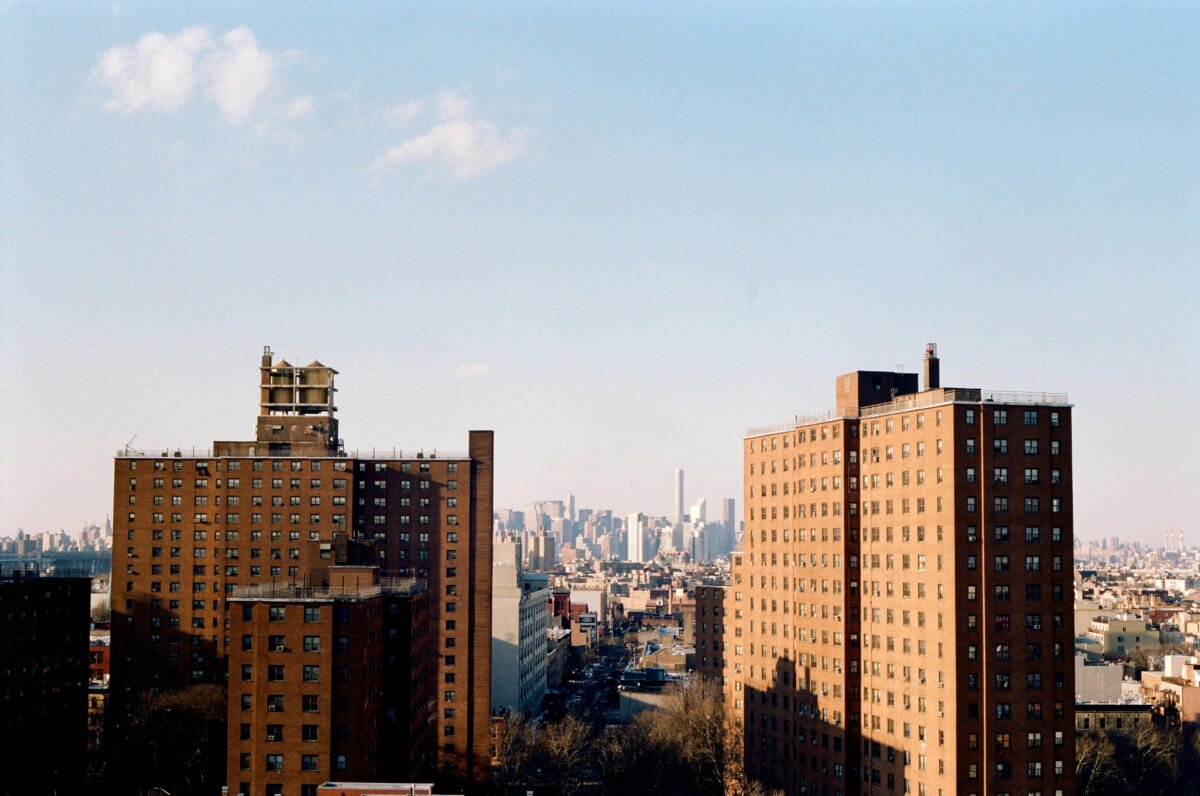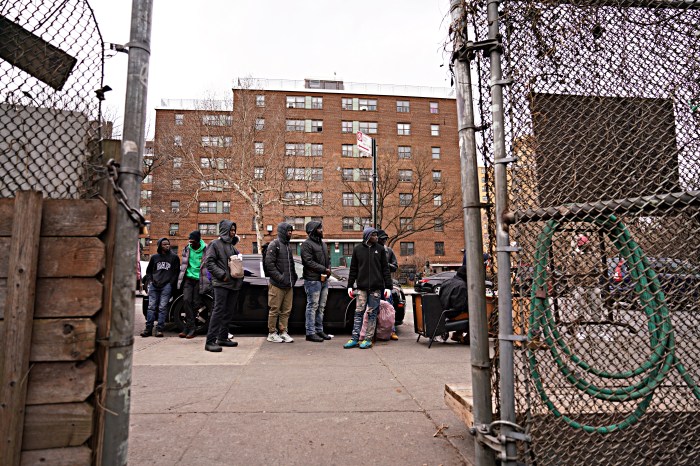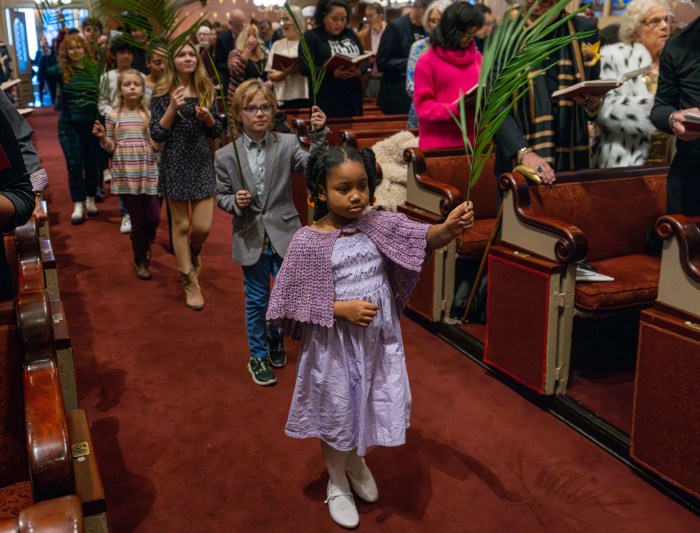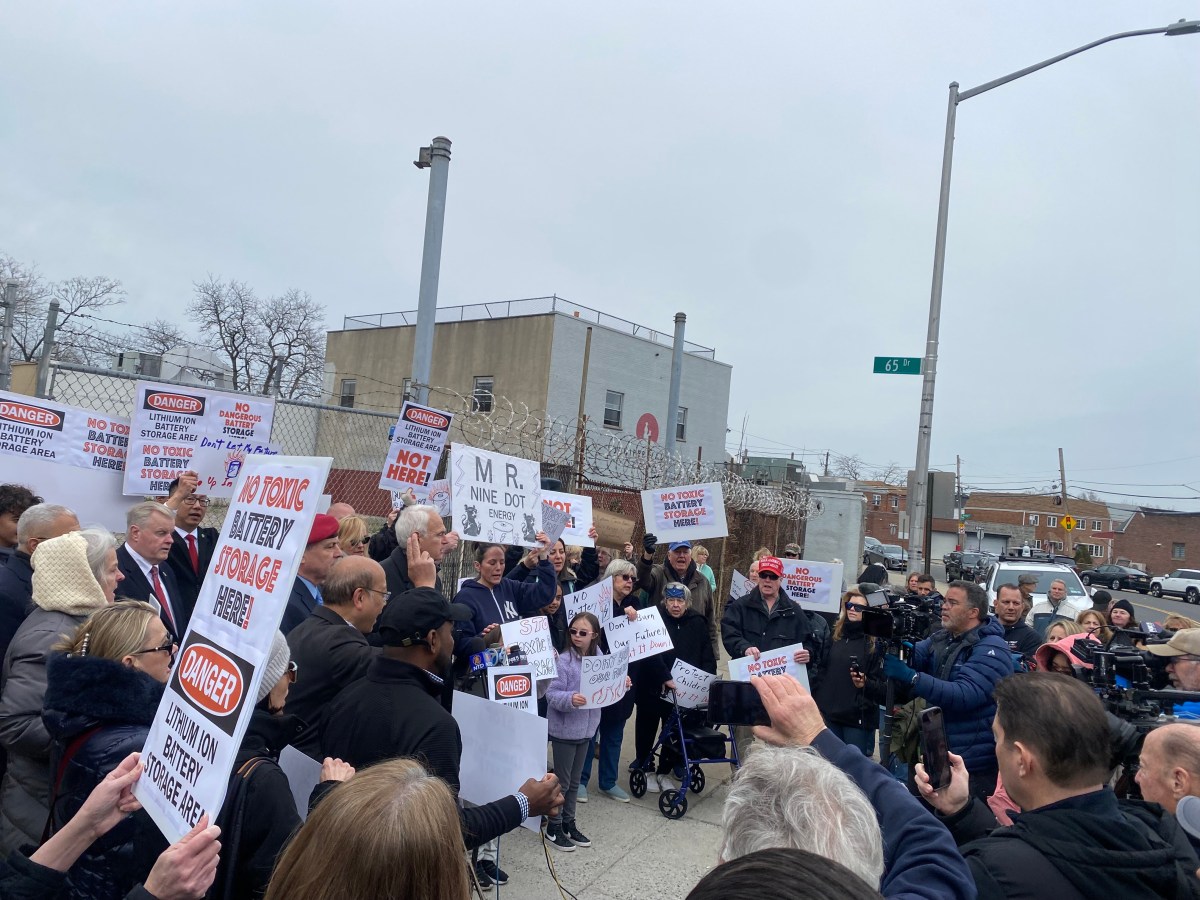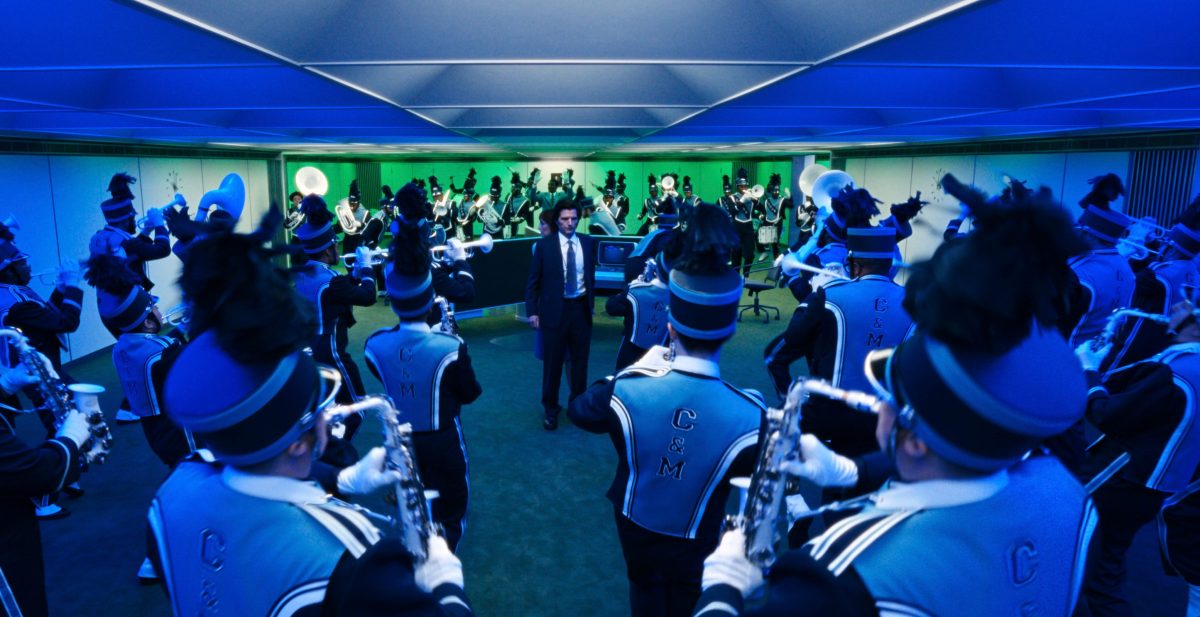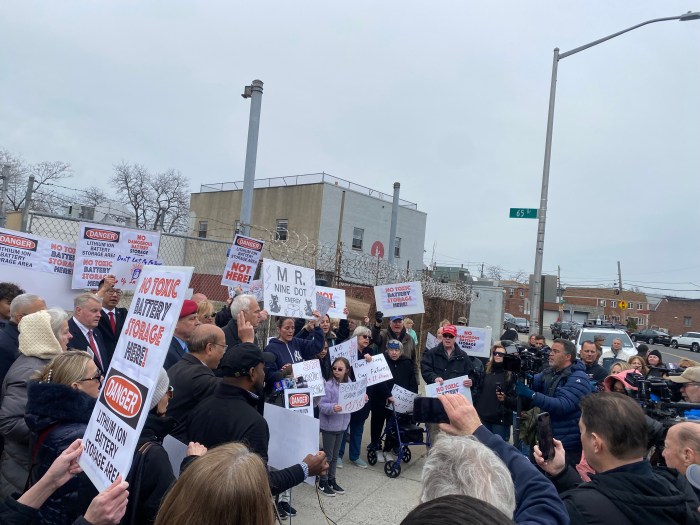Recent trends show a desire for coworking spaces throughout the U.S. as jobs demand less in-office time. To compensate for the lack of office space, workers are seeking areas outside of their homes that allow them to comfortably get the job done.
The coworking landscape is an ever-changing one that easily fluctuates, especially in Manhattan, as noted by CoworkingCafe. Across the nation, coworking spaces are growing more than ever, showed the second quarter’s report by CoworkingCafe.
“The increase in remote work has led many professionals to seek flexible and networking workspaces outside of traditional offices,” said Doug Ressler, business intelligence manager at Yardi Matrix.

In the first quarter of the year, the inventory grew by 6% and the second quarter added 7% more of inventory. Across the nation, the average rate for coworking virtual office spaces stands between $119 and $149 per month. While dedicated desks currently stand at $300 per month. Rates that have stayed consistent since the beginning of the year.
In Manhattan, virtual offices typically stay below $100 per month, as well as in cities like Washington, D.C. and Denver. Open workspaces in Manhattan are typically around $229 a month.
Other cities like New Jersey and Orange County in California are the most expensive when it comes to virtual offices, charging between $159 and $205 a month. However, most of these cities slightly dropped their prices.
On the other hand, Dallas-Fort Worth in Texas increased from $150 from the first quarter to $198 at the end of the second quarter. Another Texan city, Houston, also rose in price, from $150 to $175 per month.
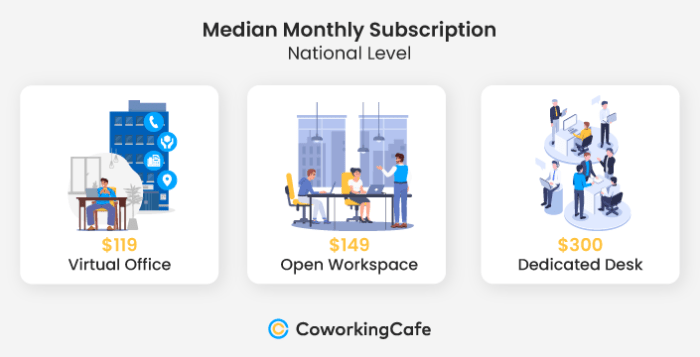
As for inventory, surprisingly, two of the leading 25 markets dropped coworking inventory, in the West Coast, San Francisco and closer to home, Brooklyn. In addition, Los Angeles usually lagged behind Manhattan in inventory but in the second quarter of the year, Los Angeles surpassed Manhattan’s 264 spaces with 279 spaces. Dallas-Fort Worth also surpassed Manhattan with 271 spaces.
“This is a continuation in our belief that coworking operators are bringing the office to the employees (suburbs) rather than the employee commuting to the office,” said Peter Kolacynski, director of data and research at CommercialEdge.
In the last three months, Los Angeles had a 3% growth and Dallas-Fort Worth a 5% increase, while Manhattan only had
However, Indianapolis and Nashville in Tennessee saw the biggest increase in supply. Philadelphia, Pennsylvania and Salt Lake City, Utah following behind.
“As the workers’ relationship with the office continues to evolve, individuals and corporations have agreed that there is a need for flexibility within a company’s space footprint,” said Kolacynski. “As this demand further ingrains itself in the marketplace, the demand will be met by operators,” he added.
Read More: https://www.amny.com/news/




